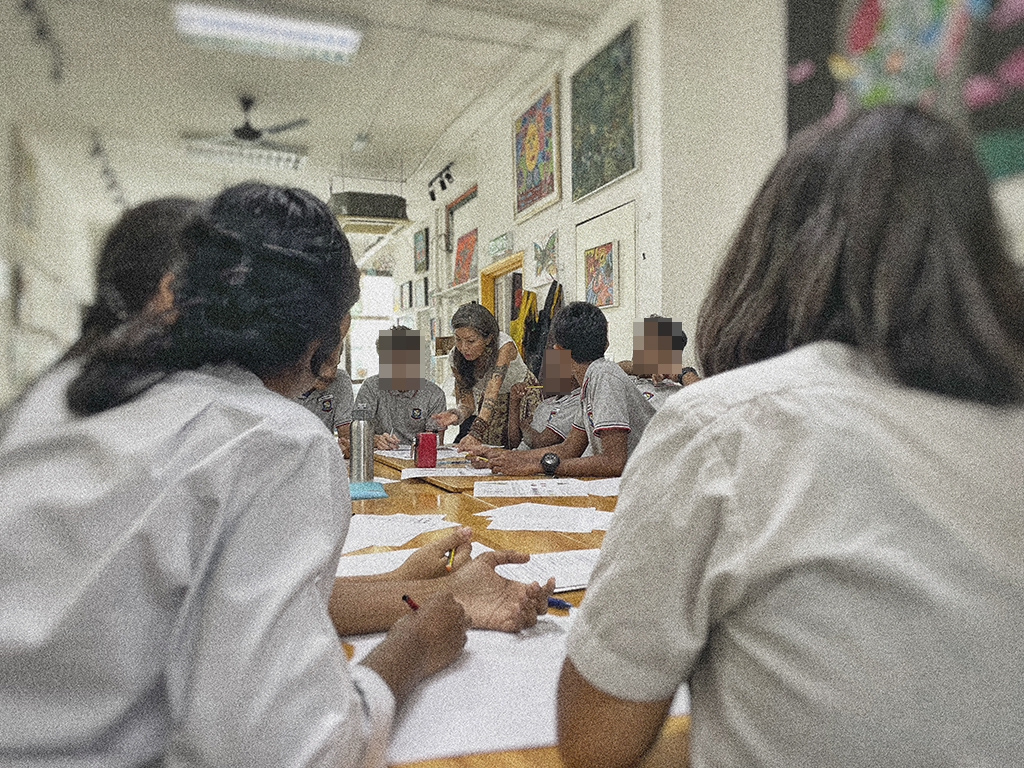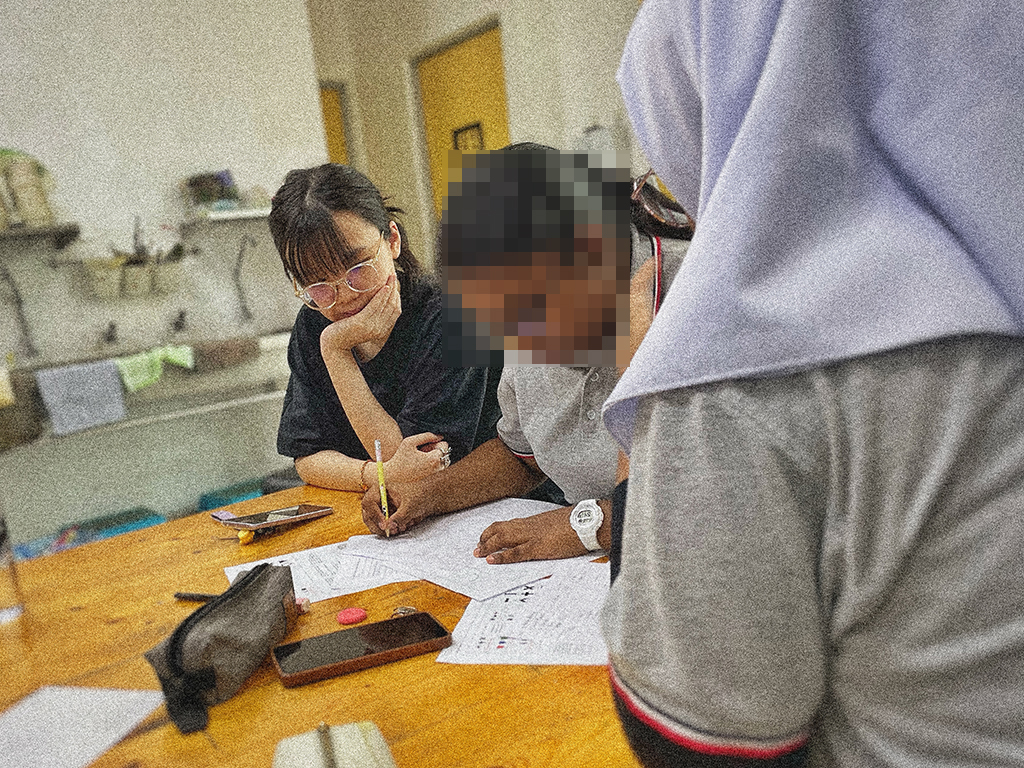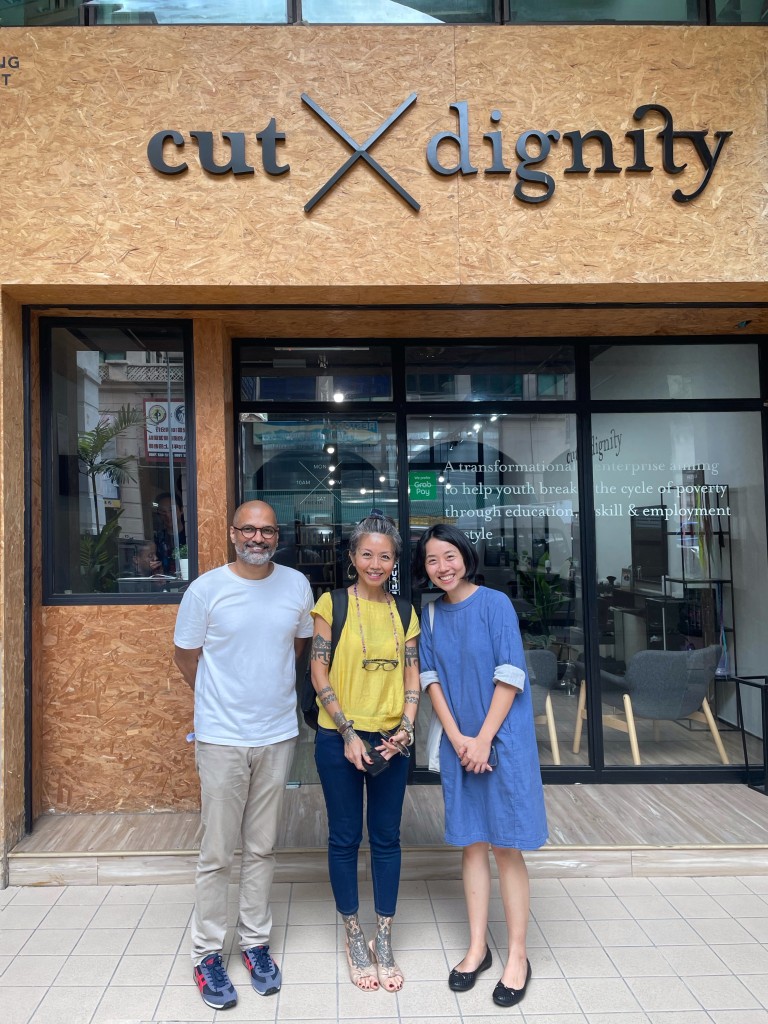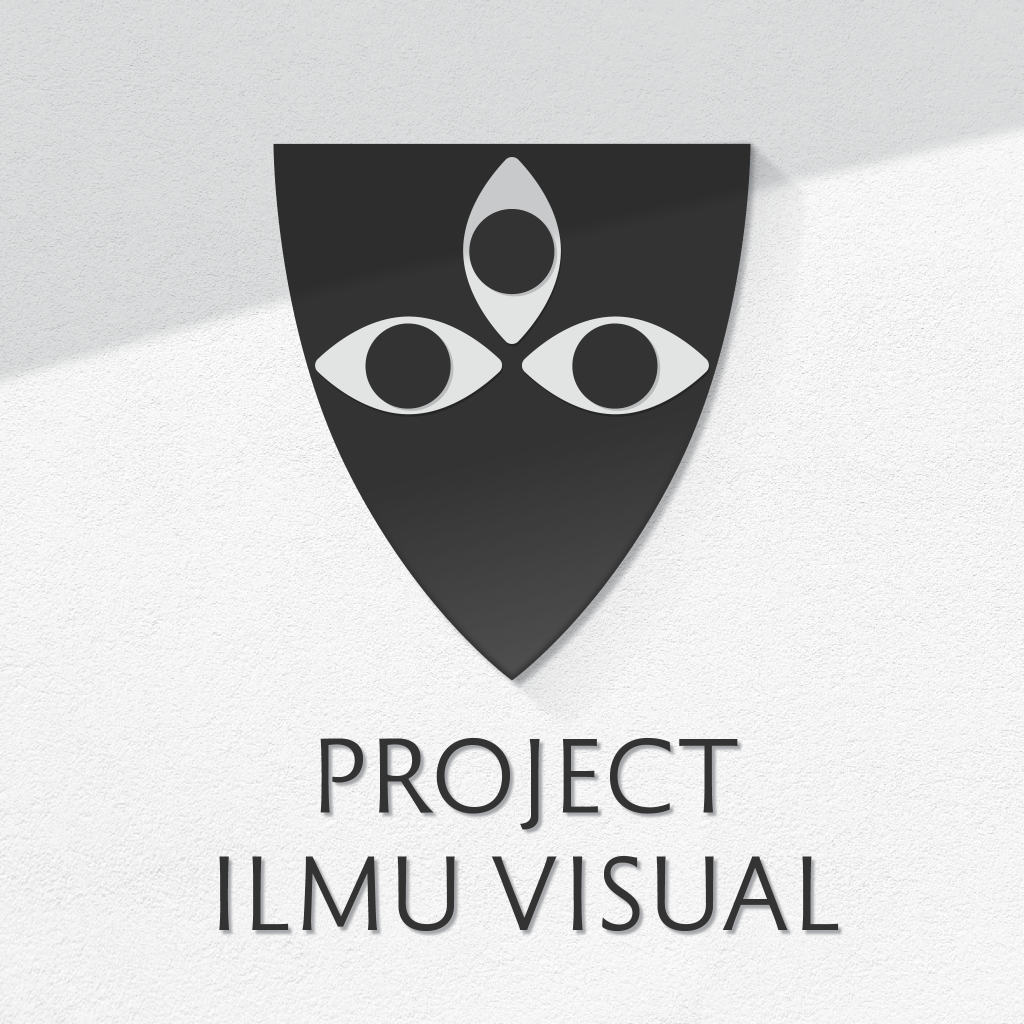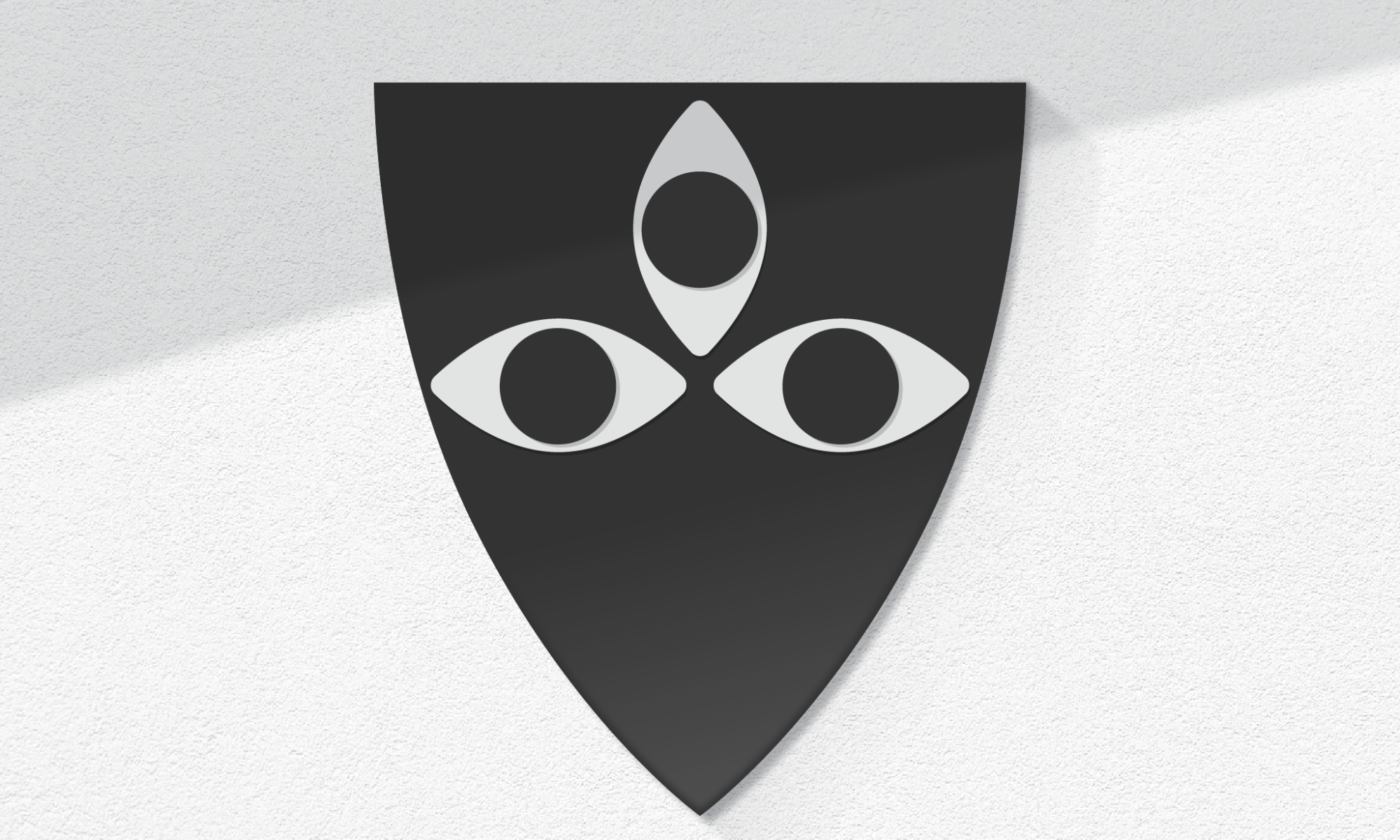In 2022-23, Taylor’s University launched “Taylor’s Impact Lab”, seeking to empower communities and to fulfill the university’s purpose to “positively impact different societies and ensure positive progression on societal problems.” Thirteen Impact Labs were created, one of them being the Education For All Lab, which seeks to “champion educational liberation for vulnerable individuals and communities”. This lab is spearheaded by the free-spirited Associate Professor Dr. Logendra Stanley Ponniah.
Dr. Yip Jinchi and Vinod J. Nair elected to join the Education For All lab and subsequently proposed a visual literacy workshop. What is visual literacy, you may ask? A basic definition of visual literacy is the ability to read, write and create visual images. A more detailed definition is that it is “a set of abilities that enables an individual to effectively find, interpret, evaluate, use, and create images and visual media.”
Why is it important? Visual literacy skills equip a learner to understand and analyse the contextual, cultural, ethical, aesthetic, intellectual, and technical components involved in the production and use of visual materials. A visually literate individual is both a critical consumer of visual media and a competent contributor to a body of shared knowledge and culture.
Simply put, visual literacy is important if we want people to develop adequate sensibilities to know good from bad, and what goes into the creation of a good visual.
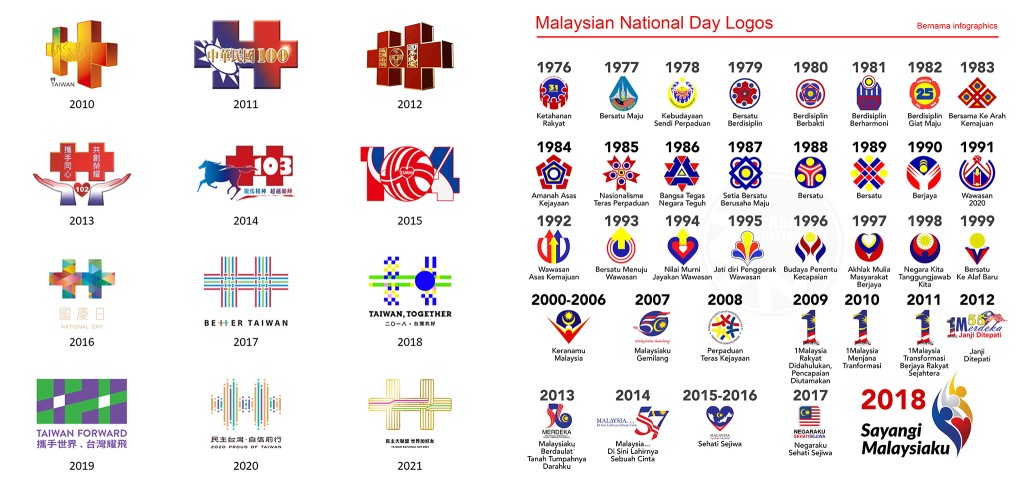
After some discussions and exchanges with the powers that be, the visual literacy project was named Project Ilmu Visual. It is a made-up name, Manglish to be precise, ilmu being the Malay word for knowledge and together it literally translates to visual knowledge/literacy.
Jinchi’s interest and knowledge in visual culture provided the necessary heft to guide the project and workshop. Vinod’s interest in public school emblems and his research in heraldry explored in his writings shows a lack of visual literacy in the way school emblems have been designed.
As a result, they decided to focus their attention on school-going children between the ages of 14-16 to teach them visual literacy using the topic of school emblems. The students in the workshop would go on to produce design proposals for their school’s emblem. The topic is relatable and their experience in school would provide them with the necessary insights to fuel their ideas.
The planning and preparation for the project began at the end of 2022 and went on until the middle of 2023. A lesson plan was developed, expenses considered, and a meeting was set with Rebecca Lin who is the head of education with the Dignity for Children Foundation at Sentul Boulevard, Kuala Lumpur.
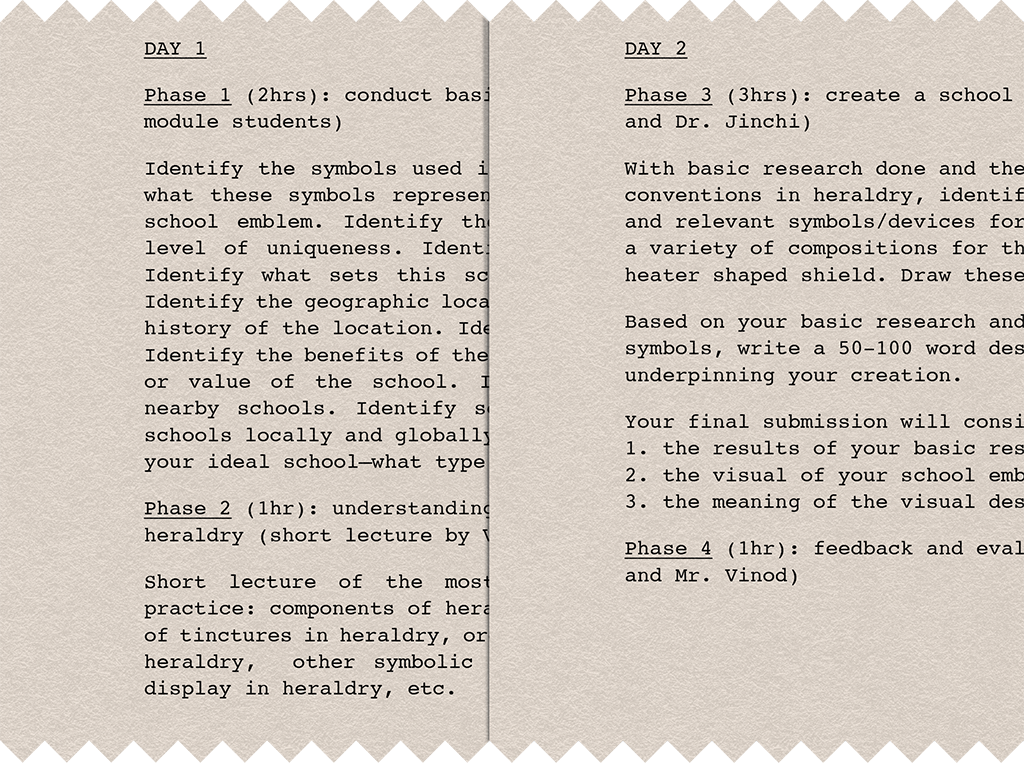
The first challenge was to create a lesson plan (Fig. 2). The workshop would involve understanding, analysing and evaluating their existing school emblem, creating a new one and articulating its meaning. In doing so, we would impart the ability to:
- assess the appropriateness of the visual
- evaluate effectiveness of visual’s purpose
- evaluate signs, symbols and conventions to convey meaning
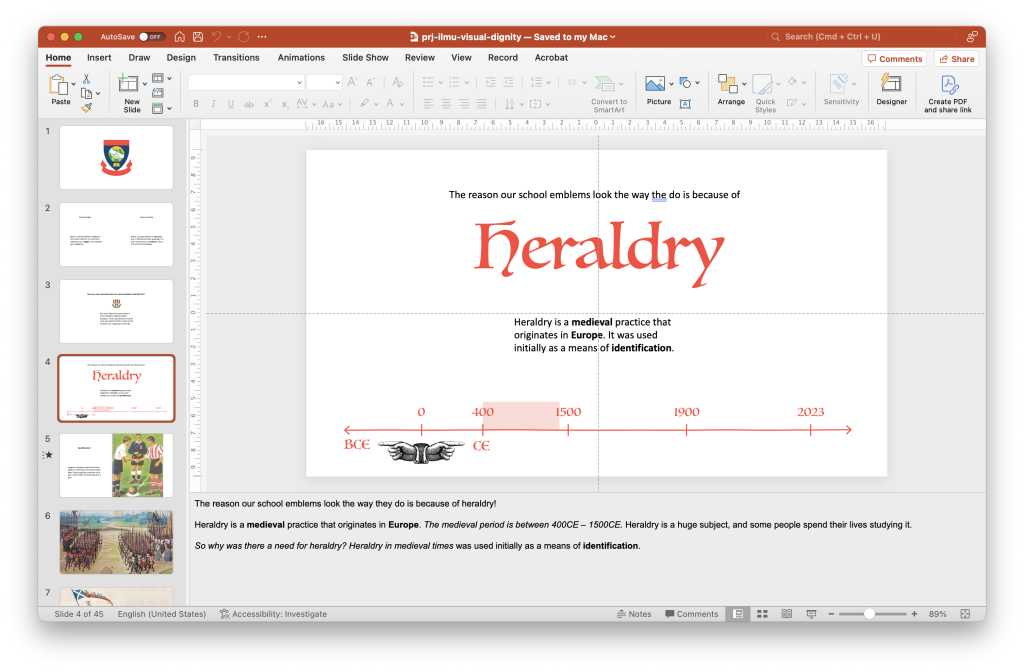
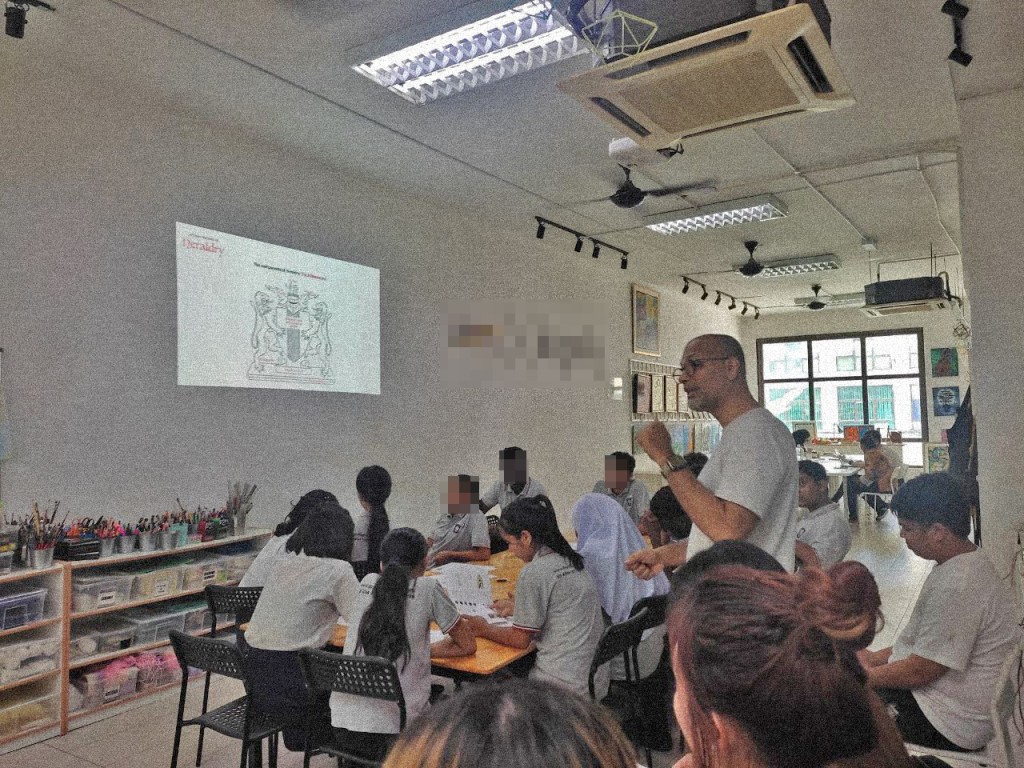
The lesson plan required an introductory lecture (Fig. 3) on the origins of our school emblems (or colloquially called school badge) in Malaysia and a concluding lecture on visual literacy. The task for the workshop needed to be articulated and organised. Once this was done, it was clear to Jinchi and Vinod that the workshop ought to be three hours long and run for two days with a one week gap between the two. This was to allow the students in the workshop time to explore ideas.
On the first day, the participating students would begin with a survey, then a lecture. They would go on to research their school’s emblem, school emblems of other schools in the vicinity, the history of their school, leaders of their school, the area in which the school is situated and more with the assistance of undergraduate students from the Brand Corporate Identity module from The Design School at Taylor’s University. Students were provided with question prompts to guide them in obtaining the necessary information.
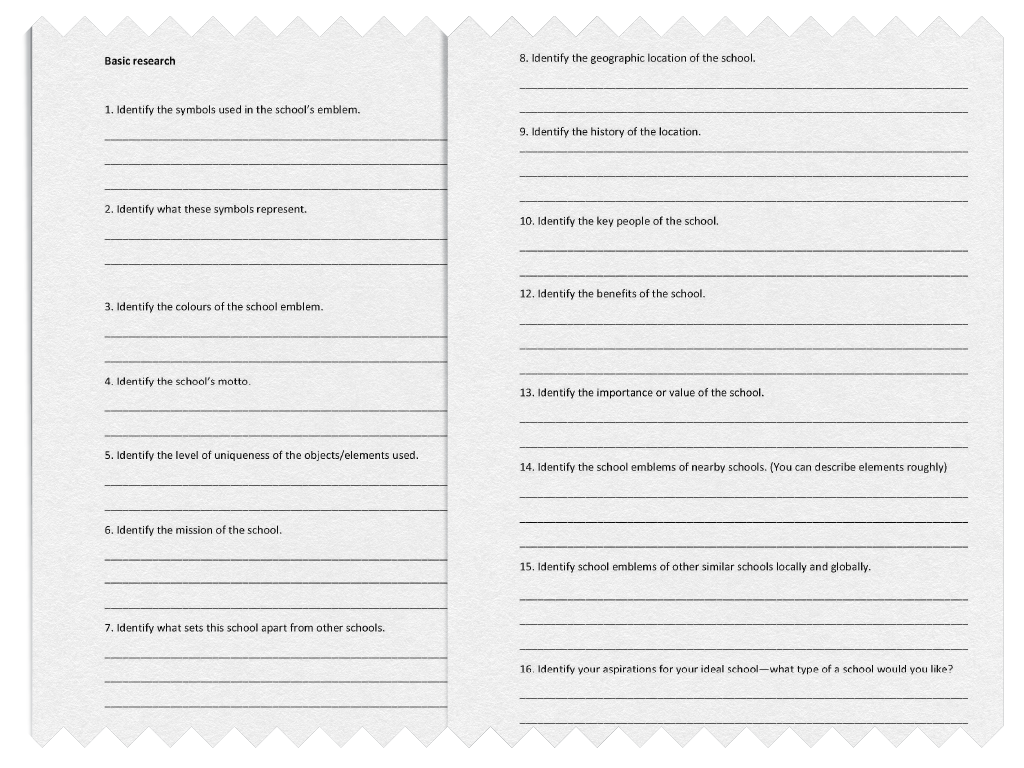
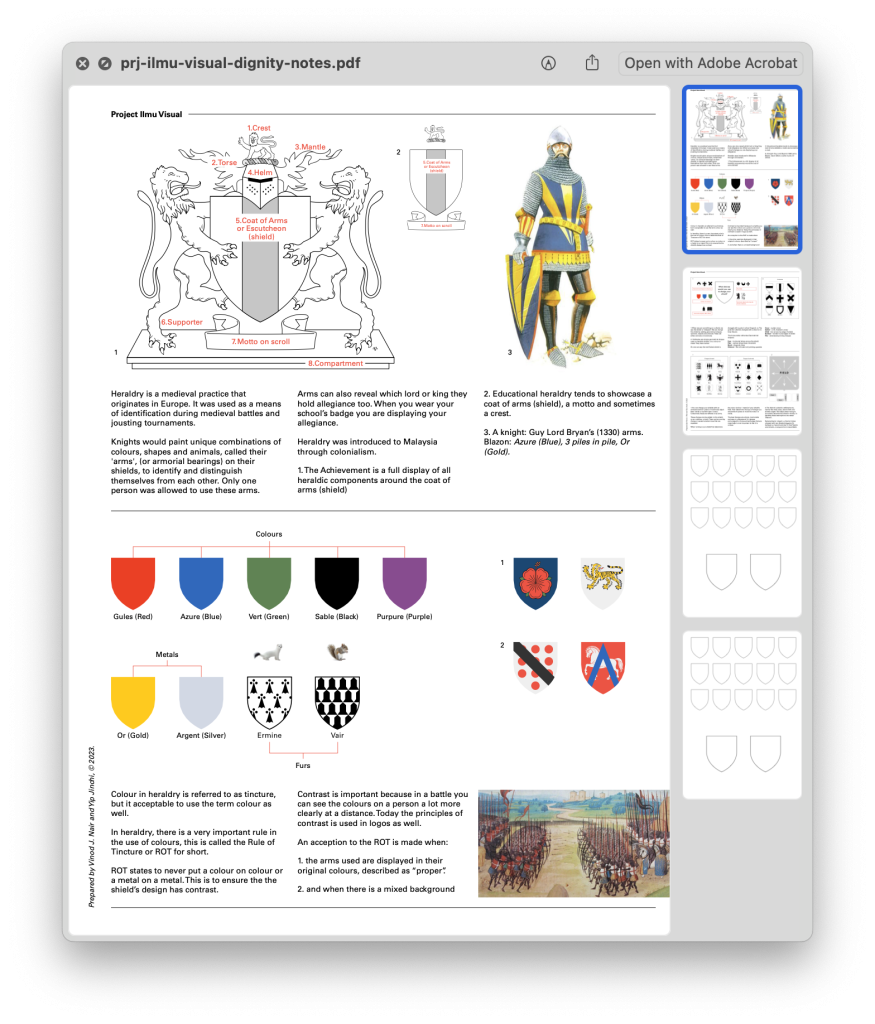
Armed with this information, the students would explore possible ideas for their school’s emblem design throughout the week. A handout with crucial information from the lecture was provided to the students for them to refer to during the week. The ideas generated would be realised in the second workshop under the guidance of Jinchi and Vinod. Thus, the students came prepared with rough sketches of their school emblem ideas.
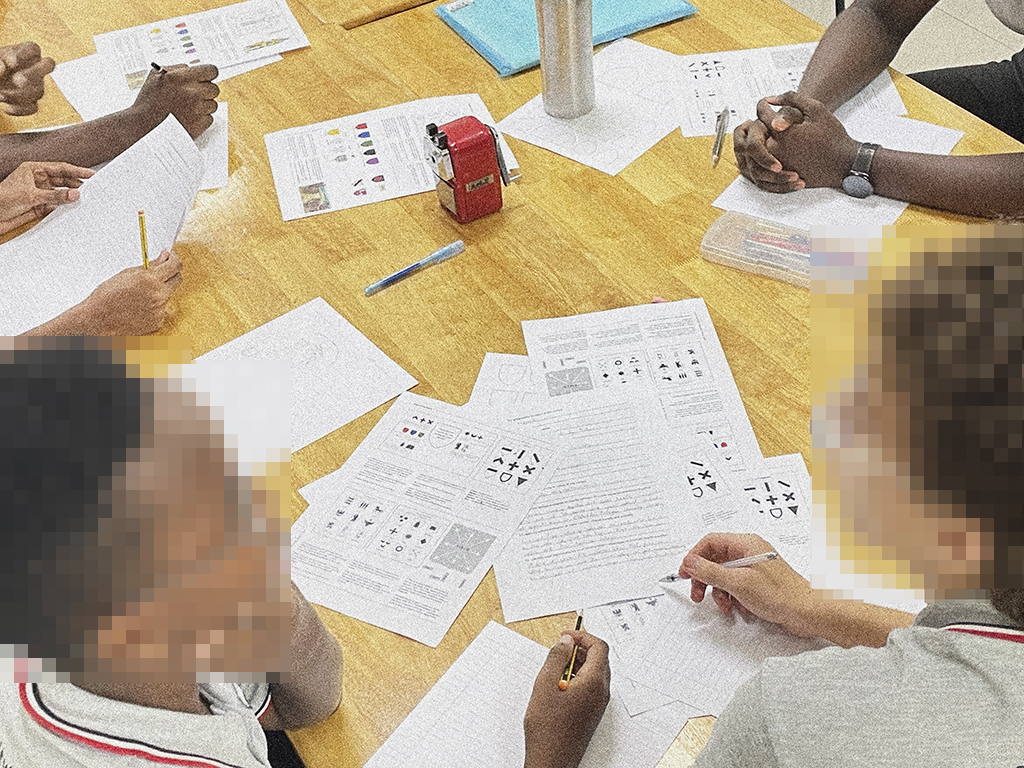
The objective here was not to produce beautiful artwork but rather to produce idea sketches that encapsulate their concepts for their school’s emblem. Understandably, the students are not trained designers but the skills they posses in the time allotted would be sufficient to produce meaningful idea sketches. Once the ideas were realised, students were tasked to produce a rationale of approximately fifty words explaining succinctly their respective designs.
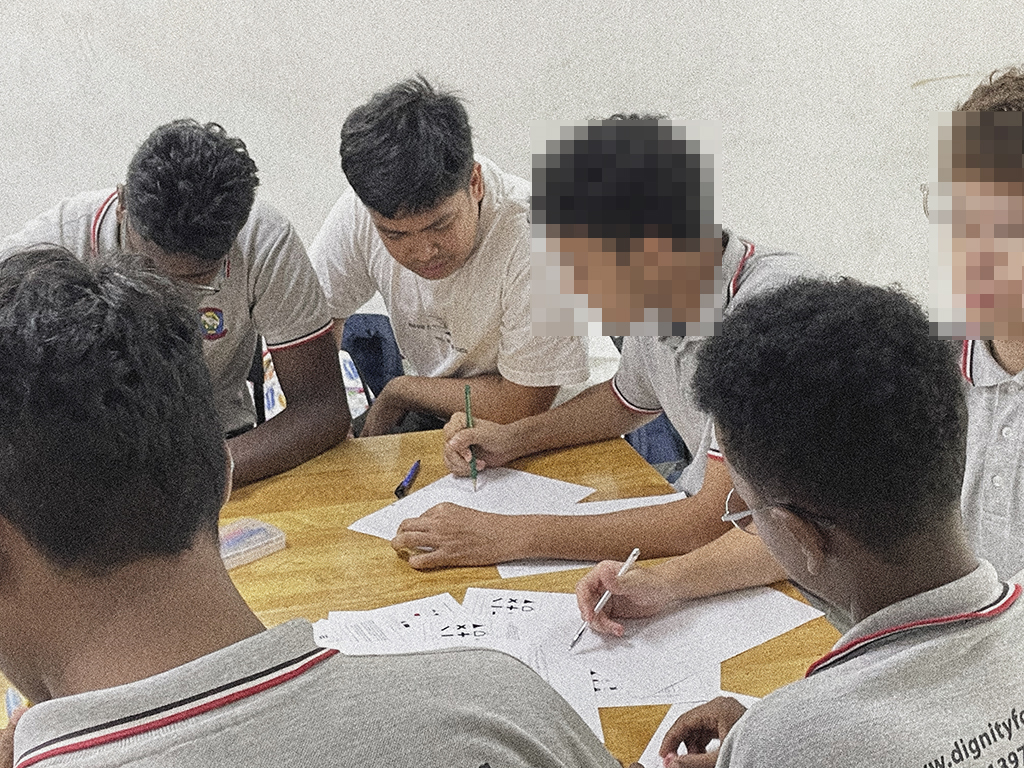
The workshop ended with a lecture on visual literacy by Jinchi. In the subsequent days, the sketches that were collected were digitised by Vinod. A poster in the form of a Roll of Arms was produced to present each idea generated and the rationale underpinning it.
The digitised school emblems were meaningful and in some cases very thoughtful. They represented the ideas, aspirations, and manifestations of the student’s vision for their school’s emblem. Any one of the designs would make for a good school emblem.
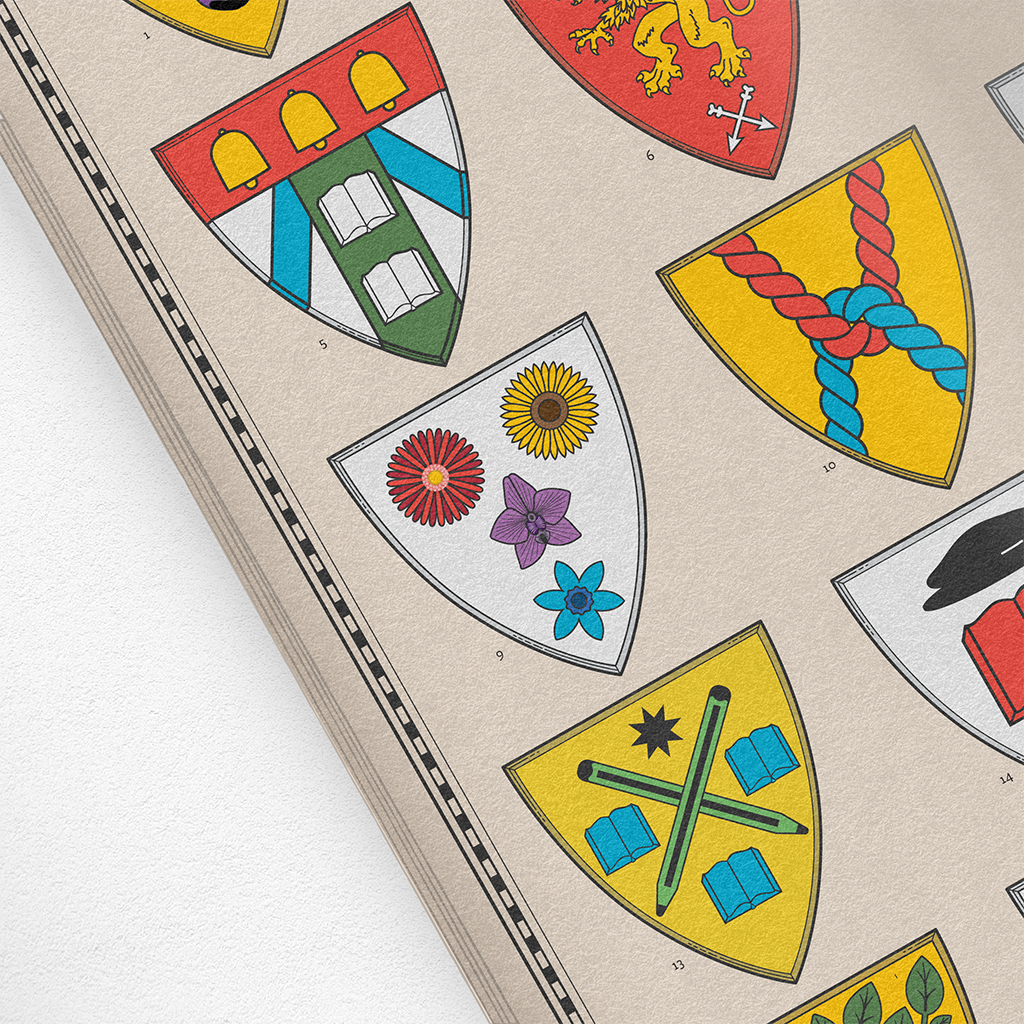
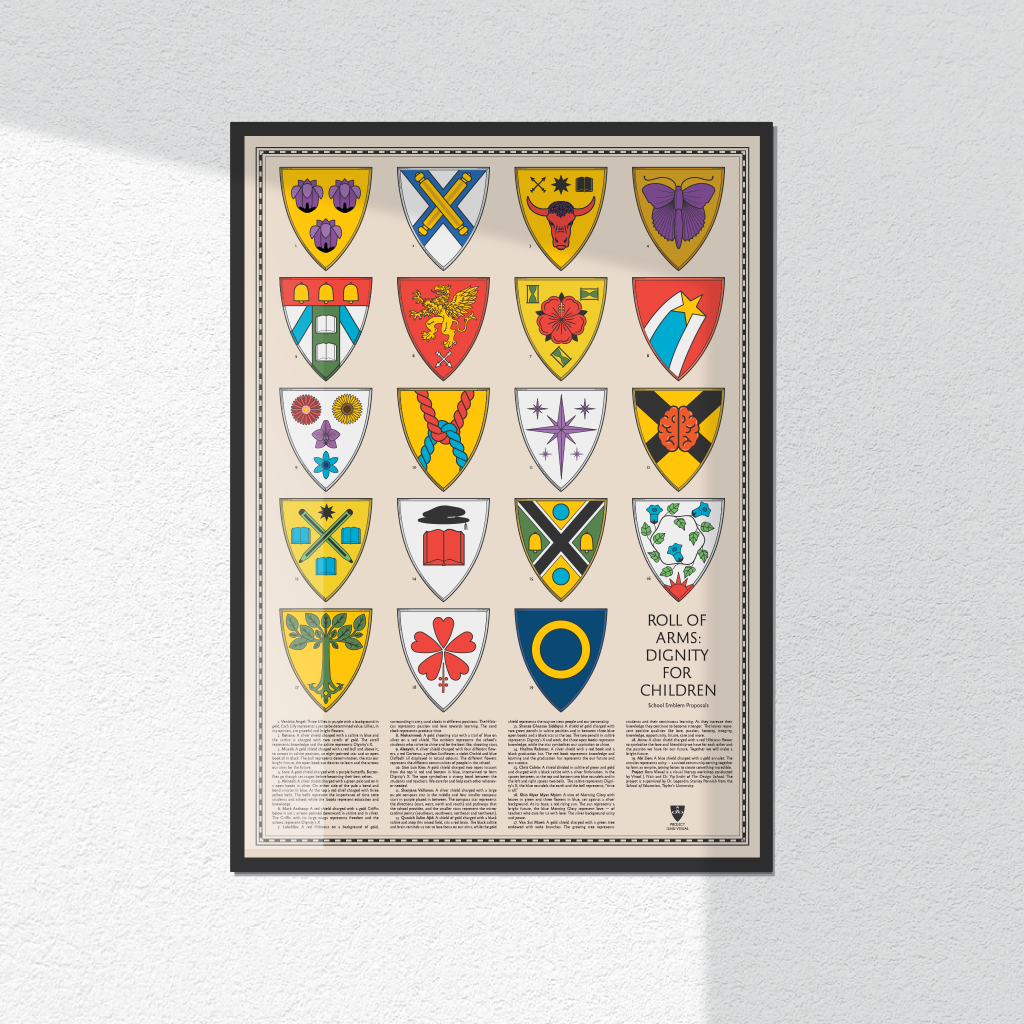
The student’s experiences from the workshop allowed them to understand the importance of visual literacy and to discern effective emblem designs from ineffective ones. More importantly, they gained a better comprehension about using visuals meaningfully. In analysing their survey results, both before and after the workshop, the data suggests that there was improvement of students visual literacy after the workshop. Jinchi and Vinod found that students’ acquisition and application of knowledge had become more fully developed. The output in their creations, in the emblem and the writing, demonstrates the meaningful use of symbols, thus meeting Project Ilmu Visual’s objective of reading, writing, and creating visuals that are purposeful.
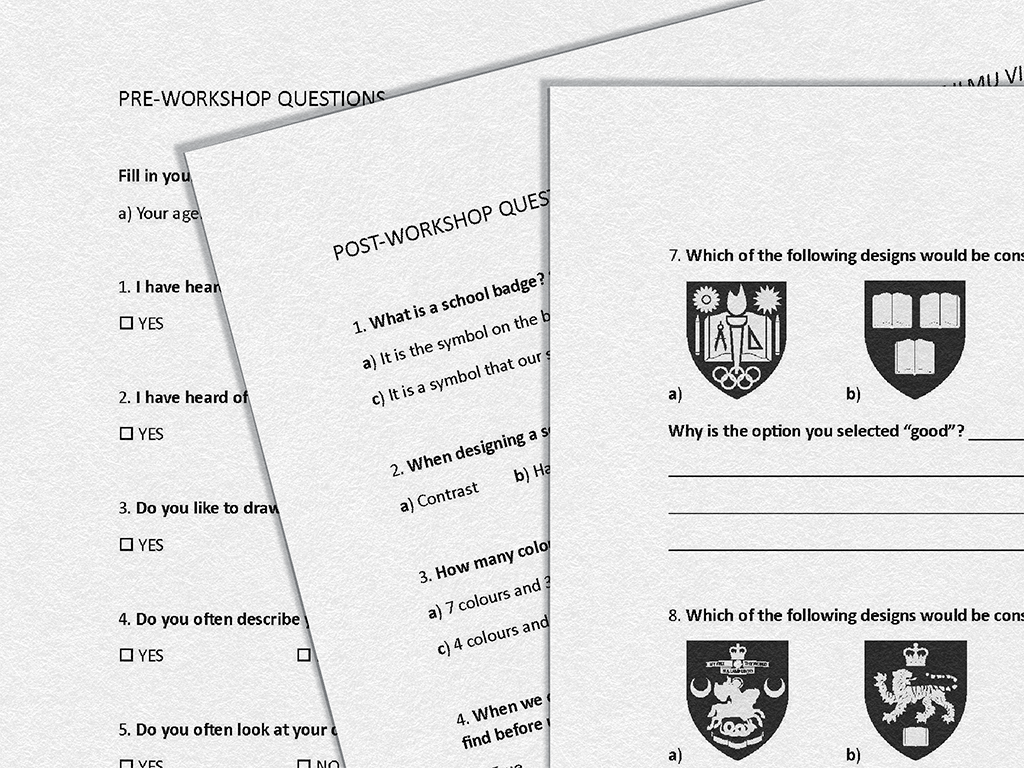
Jinchi and Vinod found that meeting the students and the dedicated staff at Dignity for Children Foundation was heart-warming and inspiring experience. They felt fortunate to come in contact with these students who they found to be bright, articulate, considered and cheeky. They hope to continue with this project of creating distinct and meaningful school emblems with subsequent workshops, and cultivate a visually literate society. The first salvo to make a visually literate society has been fired, and so the endeavour has begun.
